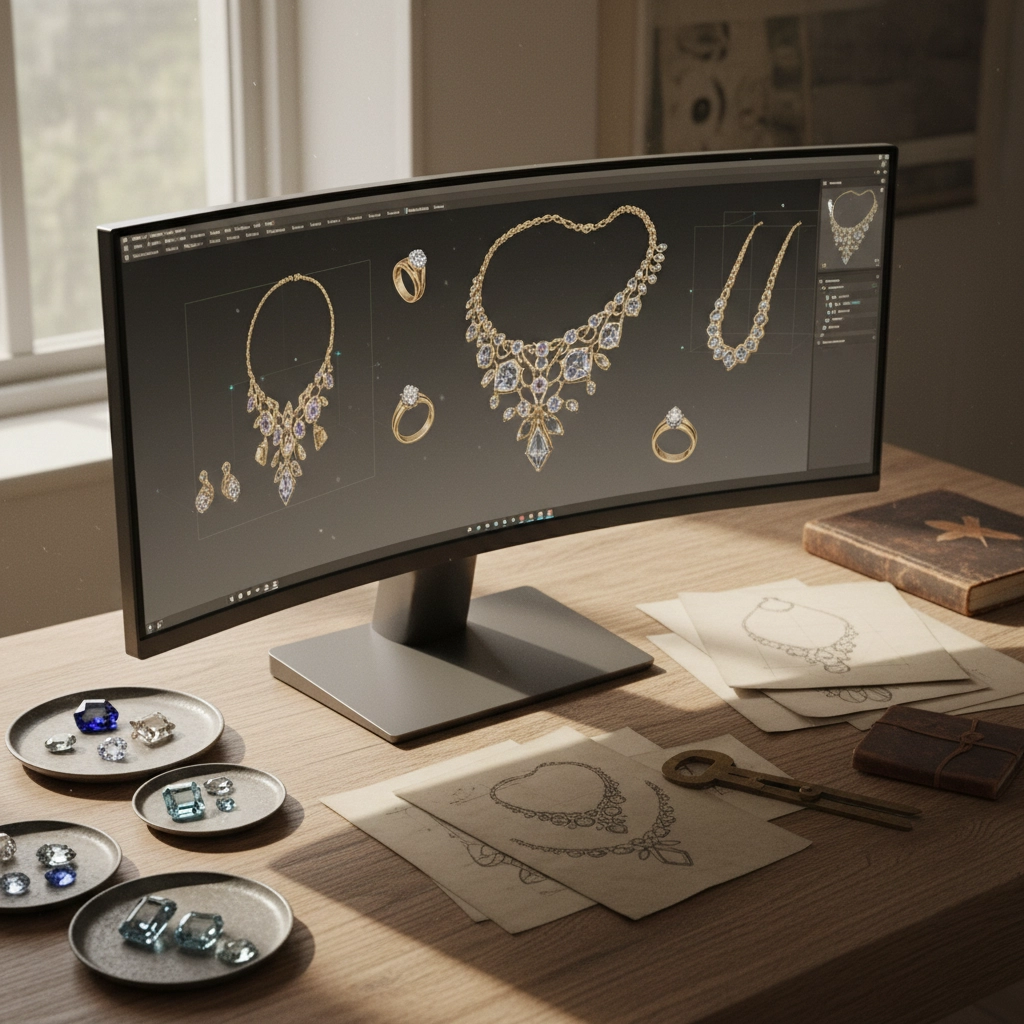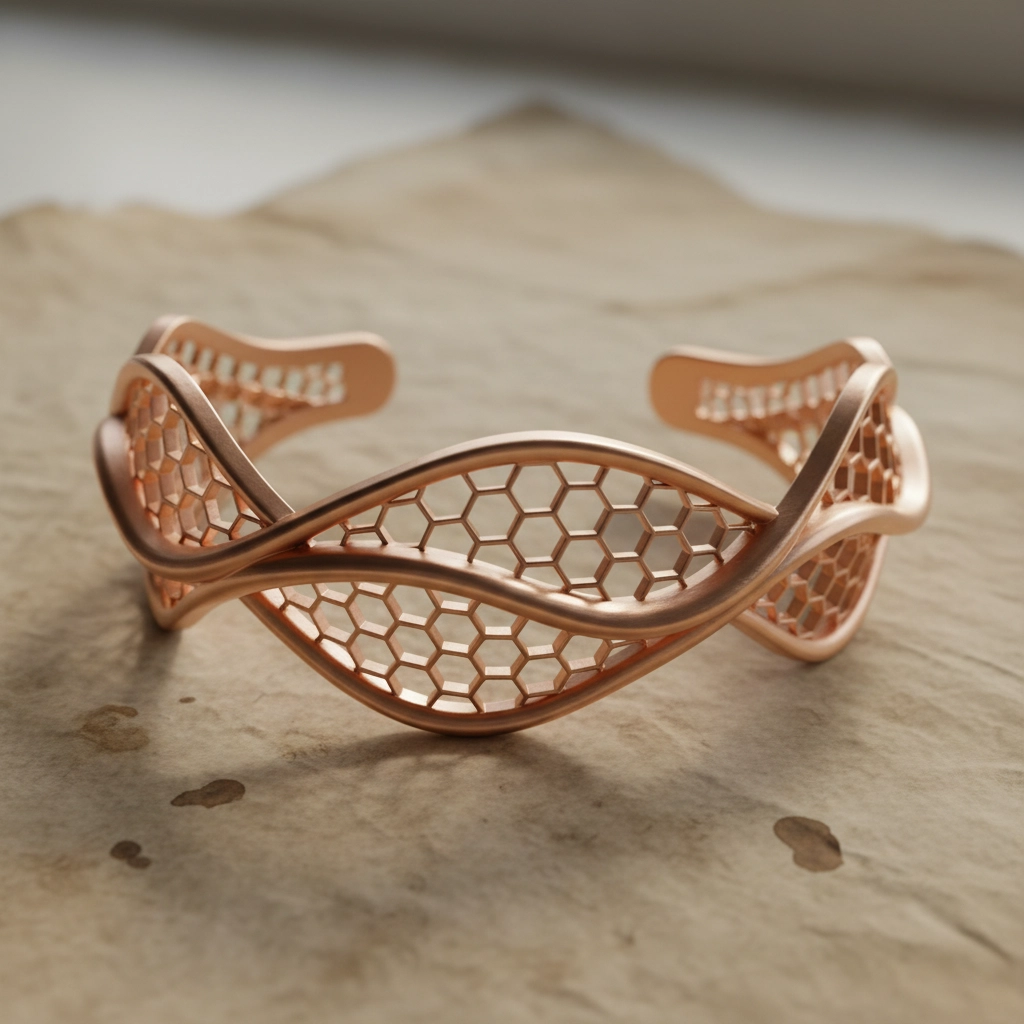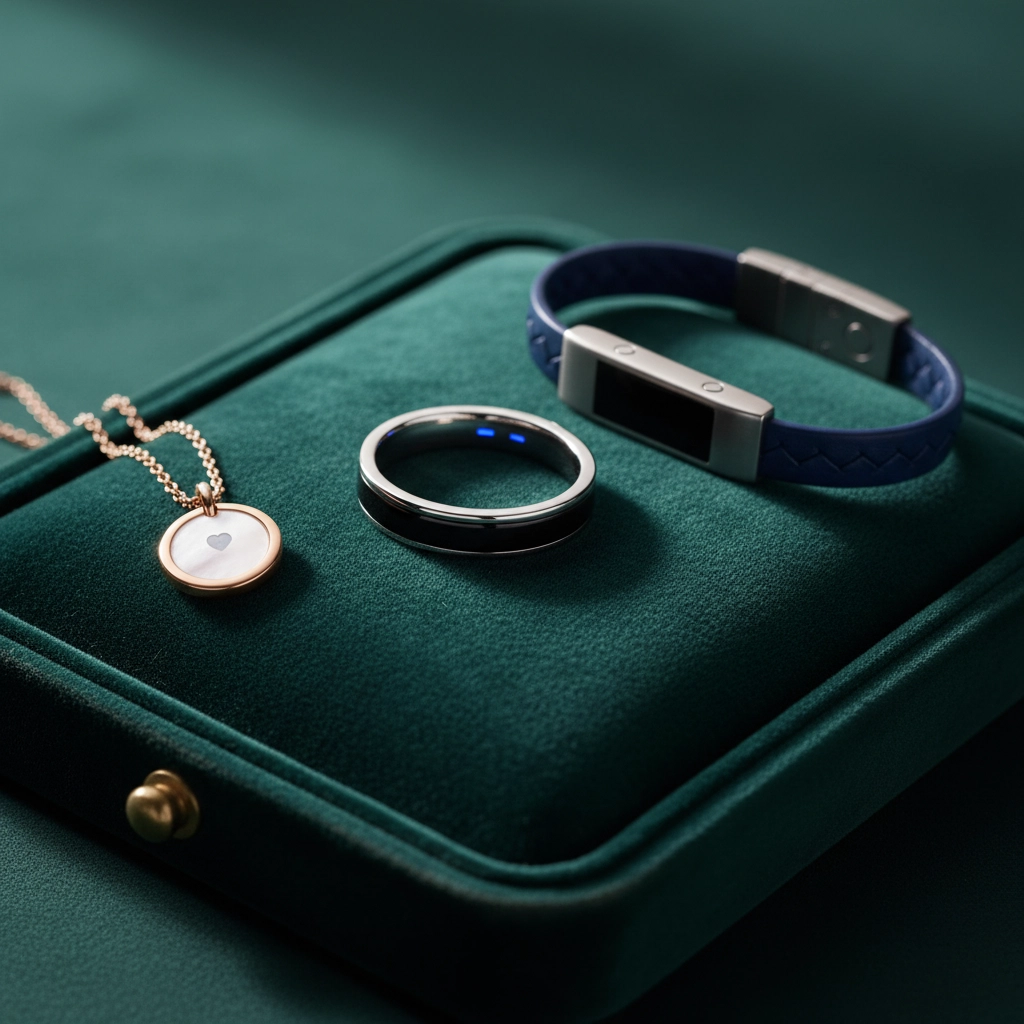Modern Era Jewelry (2000s–Today): Part 3 of 4, Jewelry Meets Technology: Innovation & Design in the Digital Age
Part 3 of 4 in our Modern Era Series
Hey there! Peter here, and wow, if you think the jewelry world has changed a lot, just wait until you hear what's been happening behind the scenes with technology. I'm constantly amazed by what walks through my doors these days, and I bet if you looked at your own jewelry collection, you'd be surprised at how much of it was touched by digital innovation.
Think about the last piece of jewelry you bought online. Did you use an app to "try it on" virtually? Or maybe you've seen those incredible intricate designs that make you wonder, "How on earth did they make that?" Well, that's exactly what we're diving into today, how technology has completely transformed not just what we can create, but how we create it.
When Computers Started Designing Jewelry
Back in the early 2000s, I remember watching the first computer-aided design (CAD) programs make their way into jewelry studios. It felt like science fiction! Suddenly, designers could create incredibly detailed 3D models on a screen before ever touching a piece of metal.
But here's where it gets really wild, by 2025, artificial intelligence isn't just helping with design; it's becoming a creative partner. I've seen AI systems that can analyze your Instagram feed, figure out your style preferences, and suggest custom designs that feel like they were made specifically for you. And honestly? Sometimes they're spot-on in ways that surprise even me.

These AI-powered platforms can now generate complex chain patterns, create unique charm arrangements, and even predict what styles will be trending next season. It's like having a crystal ball, but for jewelry trends. The technology can process thousands of design elements in seconds, something that would take a human designer weeks to explore manually.
What really excites me is how this democratizes jewelry design. You don't need years of training to create something beautiful anymore. The AI handles the technical complexities while you focus on the creative vision.
3D Printing: From Screen to Reality
Now, here's where things get really fascinating. Remember when 3D printing first came out and everyone was printing little plastic toys? Well, we've come a long way from that! Today's 3D printers can work with precious metals, create pieces with moving parts, and achieve levels of detail that would make traditional craftsmen shake their heads in disbelief.
I recently had a customer bring in a ring that had been 3D printed with internal chambers and geometric patterns that were literally impossible to create any other way. The ring moved and shifted as she wore it: like a tiny piece of kinetic sculpture on her finger. That's the kind of innovation that gets me excited about where this industry is heading.

The precision is incredible too. We're talking about accuracy down to fractions of a millimeter, which means designers can create intricate filigree work, complex interlocking pieces, and even jewelry with built-in mechanical movements. Plus, 3D printing allows for rapid prototyping: designers can test ideas quickly and make adjustments before committing to expensive materials.
What I love most is how this technology supports sustainability. There's minimal waste compared to traditional casting and cutting methods, and we can use recycled metals in the printing process. It's innovation that actually makes sense for our planet.
Trying On Jewelry in the Digital World
Have you ever tried on jewelry using your phone's camera? If you haven't yet, you're missing out on one of the coolest shopping experiences out there. Augmented reality (AR) technology now lets you see exactly how that necklace will look with your outfit or how those earrings will complement your face shape: all from your couch.
I've watched customers spend hours playing with different combinations virtually, and when they finally come in to make a purchase, they're confident and excited because they already know exactly how it will look. It's completely changed the way people shop for jewelry.

But AR goes beyond just trying things on. Some platforms now let you customize pieces in real-time: changing gemstone colors, metal finishes, or even design elements: and see the results instantly. You can literally design your own piece while seeing it on yourself. It's like having a personal jewelry studio in your pocket.
Smart Jewelry: When Your Accessories Get Intelligent
This is where we start getting into some really futuristic territory. I'm seeing more and more pieces that do more than just look beautiful: they're actually functional. Smart rings that track your health, necklaces that can store and transfer data, bracelets that light up when you get a text message.
Now, I'll be honest: some of this tech jewelry feels a bit gimmicky to me. But there are some genuinely impressive pieces out there that seamlessly blend technology with traditional jewelry craftsmanship. The key is when the technology enhances the beauty rather than overwhelming it.
Behind the Scenes: How Technology Streamlines Everything
Here's something most people don't think about: all the technology working behind the scenes to make the jewelry buying experience better. AI-powered inventory systems now predict when we'll run out of popular items before we even realize it ourselves. Customer relationship management systems help us remember your preferences and suggest pieces you'll actually love.
Even the way we authenticate and track jewelry has gone high-tech. Blockchain technology is being used to create unforgeable certificates of authenticity and track the journey of gemstones from mine to market. It's transparency like never before.
The Sustainability Tech Revolution
One trend I'm particularly excited about is how technology is driving sustainability in ways we never imagined. AI optimization reduces material waste during manufacturing by calculating the most efficient use of precious metals. Digital design tools let us test thousands of variations before creating physical prototypes.

I'm also seeing more modular jewelry designs enabled by precise digital manufacturing. Pieces that can be easily modified, expanded, or reconfigured extend the life of jewelry and reduce the pressure to constantly buy new items. It's smart design meets environmental consciousness.
Materials That Seem Like Magic
The research into metamaterials: substances engineered at the microscopic level: is opening up possibilities that sound like they're straight out of a fantasy novel. We're talking about materials that can manipulate light in unprecedented ways, creating optical effects that change as you move.
Some of these advanced materials can shift color based on temperature or angle of view, while others can be incredibly strong while remaining flexible. AI has accelerated the development of these materials from laboratory curiosities to commercially viable options.
Looking at Your Own Collection
Take a moment to look at the jewelry you're wearing right now. I bet at least some of it was touched by these technologies: maybe the design was refined using CAD software, or the manufacturing benefited from precision machinery guided by computer algorithms.
Even if your pieces look completely traditional, the tools used to create them, the systems used to source their materials, or the platforms used to sell them likely involved some level of digital innovation.
What's Coming in Part 4
In our final installment of this Modern Era series, we're going to explore where all this technology is taking us. Part 4 of 4 will look at the future of jewelry: from nano-scale engineering to the role of jewelry in our increasingly connected world. We'll also discuss how these technological advances are preserving and enhancing traditional craftsmanship rather than replacing it.
The intersection of technology and jewelry isn't slowing down: it's accelerating. And honestly? I think we're just getting started. The next decade is going to bring changes that will make today's innovations look like the early days of the internet.
What technological jewelry innovations have caught your eye lately? Have you tried AR jewelry shopping, or do you own any pieces that were 3D printed? I'd love to hear about your experiences with the digital side of jewelry!
Cheers,
Peter
This is Part 3 of our 4-part Modern Era Jewelry series. Catch up on Part 1: The Digital Revolution Begins and Part 2: Ethics and Sustainability if you missed them!